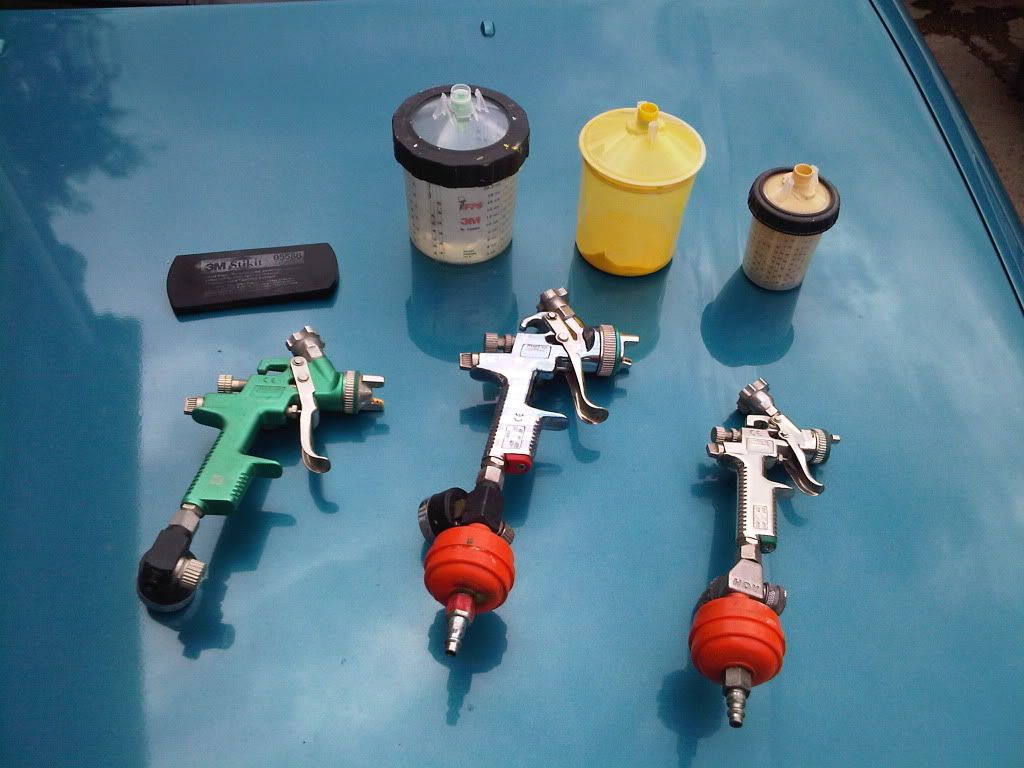I have purchased two HVLP spray handpieces, I have a compressor. My compressor hose is about 30 metres long, I might have to shorten that up a bit or buy a shorter one. What else do I need before I can spray.
I have seen a pressure gauge attached to the handle of the gun, do I need one of those? I have a gauge on my compressor.
I have a water drain plug on my compressor, do I need something in the compressor hose line to trap water, moisture from getting to the gun and spoiling the finished job (it will probably get spoilt anyway, seeing as it's my first time).
Is there anything else that I need before I can start?
On a slightly different issue concerning the paint. Which paint is best to use? and do I just purchase it from the local guy that supplies the body shops around here? Does he give instructions on how to mix the different portions in the correct ratios, etc.
Thanks for any help that can be given to this amateur. I am reticent to say I will show pics of finished product (in case it's a complete failure).



Comment